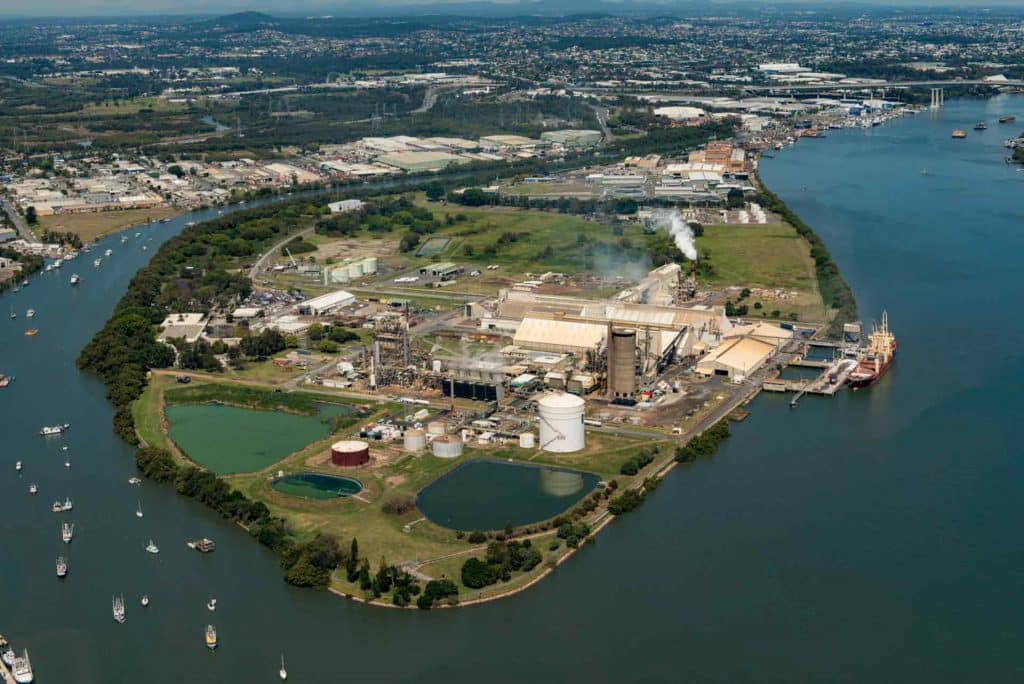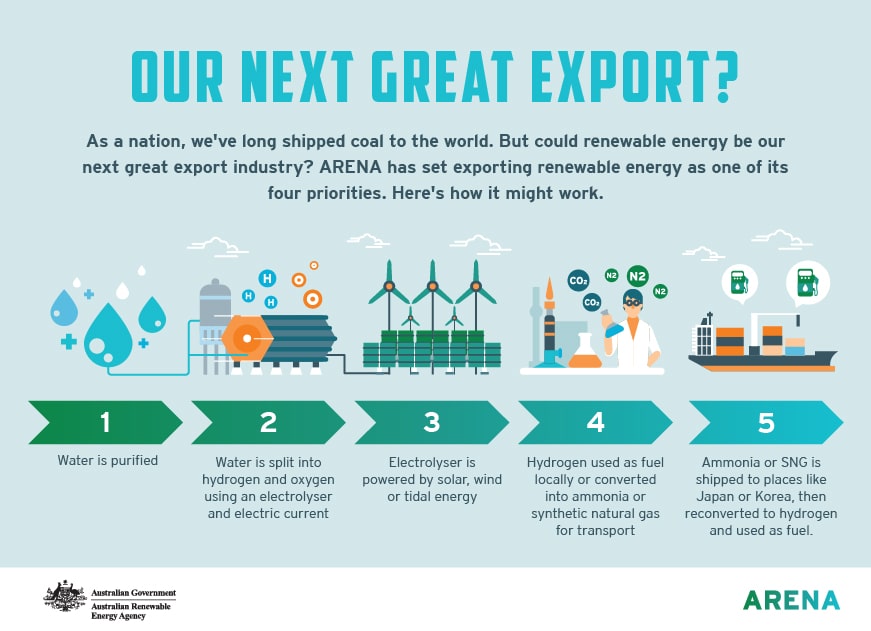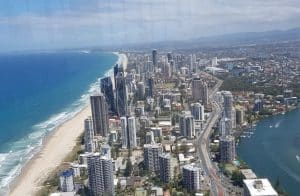A “world-first” modification of an existing Brisbane’s Gibson Island ammonia production facility to run on green hydrogen is being undertaken by Fortescue Future Industries (FFI). The Friday, 7th of October announcement is said to create Australia’s first large-scale renewable ammonia plant.

According to Australia’s Energy Minister Chris Bowen, the project would make Australia a world leader in hydrogen generation.
To aid in the decarbonisation of ammonia, the proposed 500 MW hydrogen electrolyser would be able to produce 70,000 tonnes of renewable hydrogen annually.
And to help fund a $38 million Front-End Engineering and Design (FEED) research, the federal government’s Australian Renewable Energy Agency (ARENA) is granting $13.7 million. The money from ARENA will help the FEED research by going to Fortescue Future Industries Pty Ltd (FFI) in partnership with Incitec Pivot Limited (IPL).
“Progressing this project into this final assessment stage is an important milestone in what will be a world-first conversion of an existing facility to become an industrial-scale producer of green hydrogen and green ammonia,” FFI CEO Mark Hutchinson said.
“Having the ability to reutilise ageing assets and repurposing them to use renewable energy will not only help to keep costs down in the future but also ensure skilled workers are retained as we continue our transition to net zero emissions,” ARENA CEO Darren Miller said.
Innovative renewable energy generation
Hydrogen can be extracted from water using an entirely carbon-free procedure called electrolysis. This is referred to as green hydrogen.
Green ammonia is the term given to ammonia produced with green hydrogen. Colour serves as a visual cue for the hydrogen production process.
Energy Matters has a nationwide network of trusted local installers ready to provide you with up to 3 Free Solar Quotes. Complete our quick quiz and begin your solar journey today!
What does an electrolyser do?
Hydrogen is the most abundant element in the universe that can also be the perfect fuel. For a range of everyday purposes and industrial applications, including energy storage, transportation (in place of gasoline and diesel), manufacturing (as an alternative chemical feedstock for sectors like aluminium, cement, and green steel), and heating and cooking, hydrogen can be produced as a gas (e.g. by converting intermittent renewable energy into hydrogen). The main advantage of using hydrogen is that it burns cleanly, producing only water vapour and heat. This would result in a large reduction in the emissions contributing to the greenhouse impact.
The concern is that electrical energy is required to make hydrogen. If this energy came from fossil fuels, emissions would be produced. The electrolysis process, which separates hydrogen from water, is fueled by renewable energy sources in “green hydrogen” production. One tool in charge of this process is an electrolyser.
Using Carbon Capture and Storage (CCS) technology to capture and store carbon dioxide before it is released into the environment is one option to continue creating hydrogen from fossil fuels. It is “blue” hydrogen in this case.

Why green ammonia?
Ammonia is essential for producing fertiliser and is used in explosives to mine a variety of commodities, including rare metals found in Australia, whose demand is rising in sync with that of energy storage and electric vehicles.
Ammonia is frequently viewed as a very practical and portable renewable energy source. It can be separated into hydrogen fuel and nitrogen gas for fuel in gas turbines or engines. The manufacturing of ammonia from atmospheric nitrogen, water, and renewable energy sources efficiently presents a hurdle for the global application of this method. The ammonia synthesis method developed at Monash University will be expanded and optimised as part of this research. The ammonia production rates will be shown, serving as a foundation for developing industrial-level prototypes.
Emission-free ammonia is produced when renewable hydrogen is added to an ammonia plant fueled by renewable energy. And perhaps a reduction of 500 million tonnes in carbon emissions.
“The potential conversion of Gibson Island to green ammonia shows our commitment to pursuing opportunities to help create a more sustainable world in the new and emerging opportunities stemming from green ammonia,” IPL managing director and CEO Jeanne Johns said on Friday.
Australia: Hydrogen’s next great export
The Hydrogen Energy Supply Chain Pilot Project (HESC), a joint effort between the Australian and Victorian governments, is already underway in Australia to supply green hydrogen for use in Japan. Hydrogen Energy Supply Chain Pilot Project (HESC) involves building a liquefied hydrogen export facility in Hastings, Victoria to export hydrogen to Kobe, Japan. It aims to be fully operational in the 2030s.
“If successful, the electrolyser will be the largest built to date, feeding renewable hydrogen directly into the first fully decarbonised ammonia facility,” Federal climate and energy minister Chris Bowen said on Friday.

“The study is critical to the domestic and export industry for clean hydrogen and ammonia supply chains to deliver Australia’s first renewable hydrogen shipments to international markets.”
As per a bilateral agreement, Australia would export renewable hydrogen and ammonia to Japan. Japan will participate in the first phase of the $150 million Australian Clean Hydrogen Trade Program under the terms of the agreement (ACHTP).
The ACHTP intends to progress initiatives in the Australian hydrogen supply chain that encourages international investment and help create export markets for Australian hydrogen products, such as liquefied hydrogen and ammonia.

With the Australian government establishing hydrogen collaboration agreements with Singapore, the UK, Germany, South Korea, and Japan, renewable hydrogen produced in Australia is already gaining attention among important trading partners.
Now is the right time to switch to Brisbane solar energy. We recommend seeking at least 3 solar quotes to ensure that you are getting the best deal and selecting the right solar installer in Brisbane whom you can trust. With this, you can guarantee a solar system in Brisbane that meets your energy needs.












































